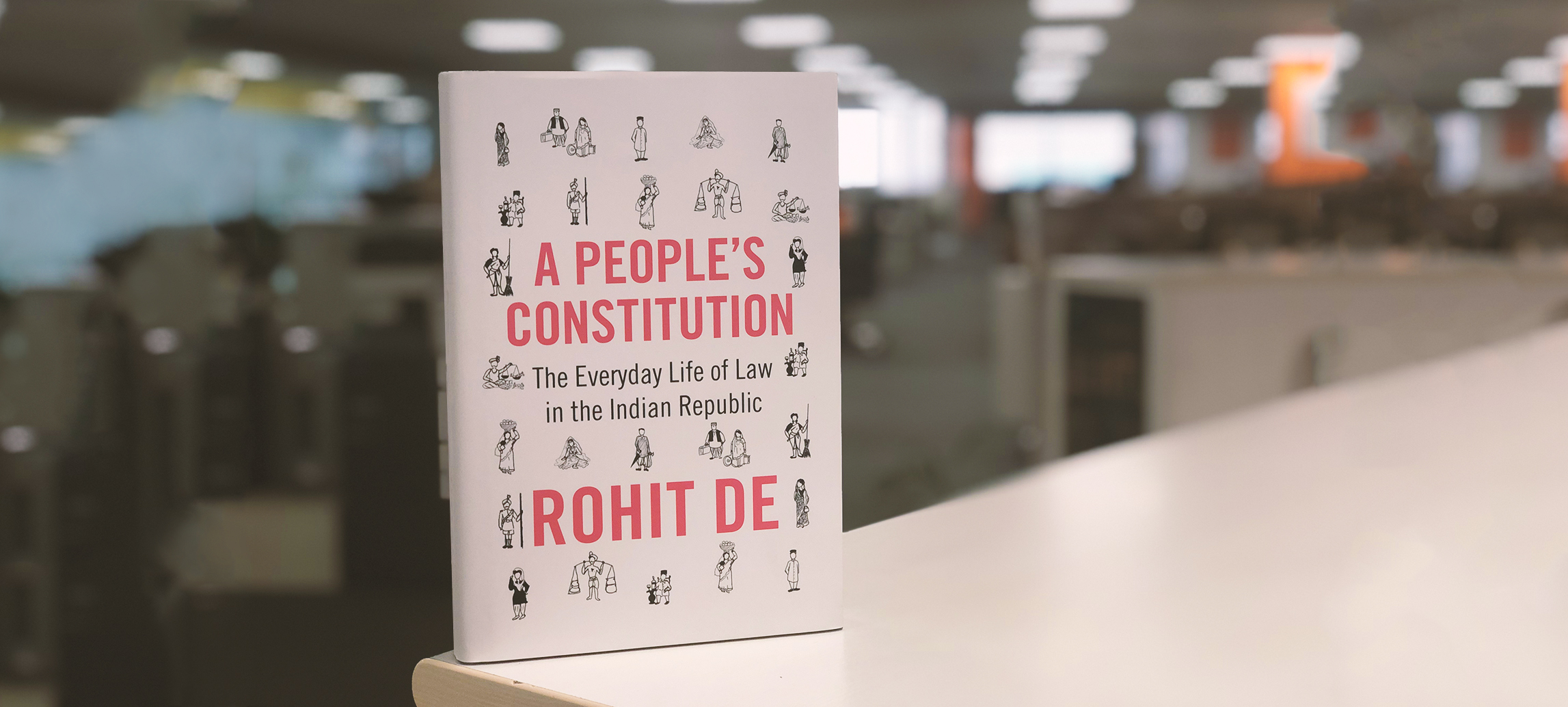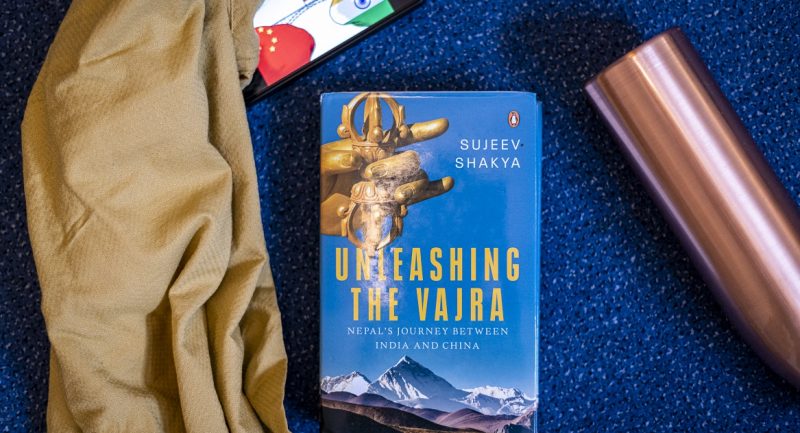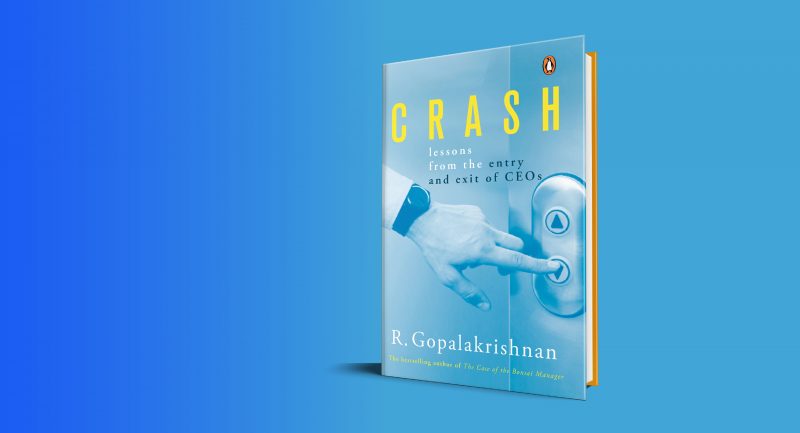
India became independent at the stroke of midnight on August 15, 1947. Three years later the Constituent Assembly, whose members were nominated by elected provincial legislatures, promulgated a new constitution declaring the state to be a “sovereign democratic republic. ”
It has long been contended that the Indian Constitution of 1950, a document in English created by elite consensus, has had little influence on India’s greater population. Drawing upon the previously unexplored records of the Supreme Court of India, A People’s Constitution upends this narrative and shows how the Constitution actually transformed the daily lives of citizens in profound and lasting ways.
Know some interesting facts about the Indian Constitution in Rohit De’s book:
The Indian Constitution is the longest surviving constitution in the postcolonial world.
∼
The Indian Constitution has been amended ninety-seven times to date. It was amended seventeen times in its first fourteen years, the period this book examines. At least half of these amendments curtailed judicial review or amended fundamental rights in order to reverse the impact of a Supreme Court judgement.
∼
The original draft brought to the Constituent Assembly by B. R. Ambedkar did not have a provision for Prohibition. The amendment first arose during a debate on the final draft of the Constitution, which some members alleged was alien to the Indian ethos and the goals of the freedom movement.
∼
The Indian Constitution was written over a period of four years by the Constituent Assembly.
∼
Indians wrote the Indian Constitution, unlike the people of most former British colonies, like Kenya, Malaysia, Ghana, and Sri Lanka, whose constitutions were written by British officials at Whitehall.
∼
Indian leaders were also able to agree upon a constitution, unlike Israeli and Pakistani leaders, both of whom elected constituent assemblies at a similar time but were unable to reach agreement on a document.
∼
The Indian Constitution dominates, structures, frames, and constraints everyday life in India.
∼
The Constitution of India in 1950 almost identically reproduced two-thirds of the text of the Government of India Act of 1935.
The objective of A People’s Constitution is to study “constitutional consciousness” as it exists in people’s minds. The book charts the dialectic between the Indian Constitution as “politics of state desire” and the Constitution as “articulating insurgent orders of expectations from the state.” Exploring how the Indian Constitution of 1950 enfranchised the largest population in the world, A People’s Constitution considers the ways that ordinary citizens produced, through litigation, alternative ethical models of citizenship.









